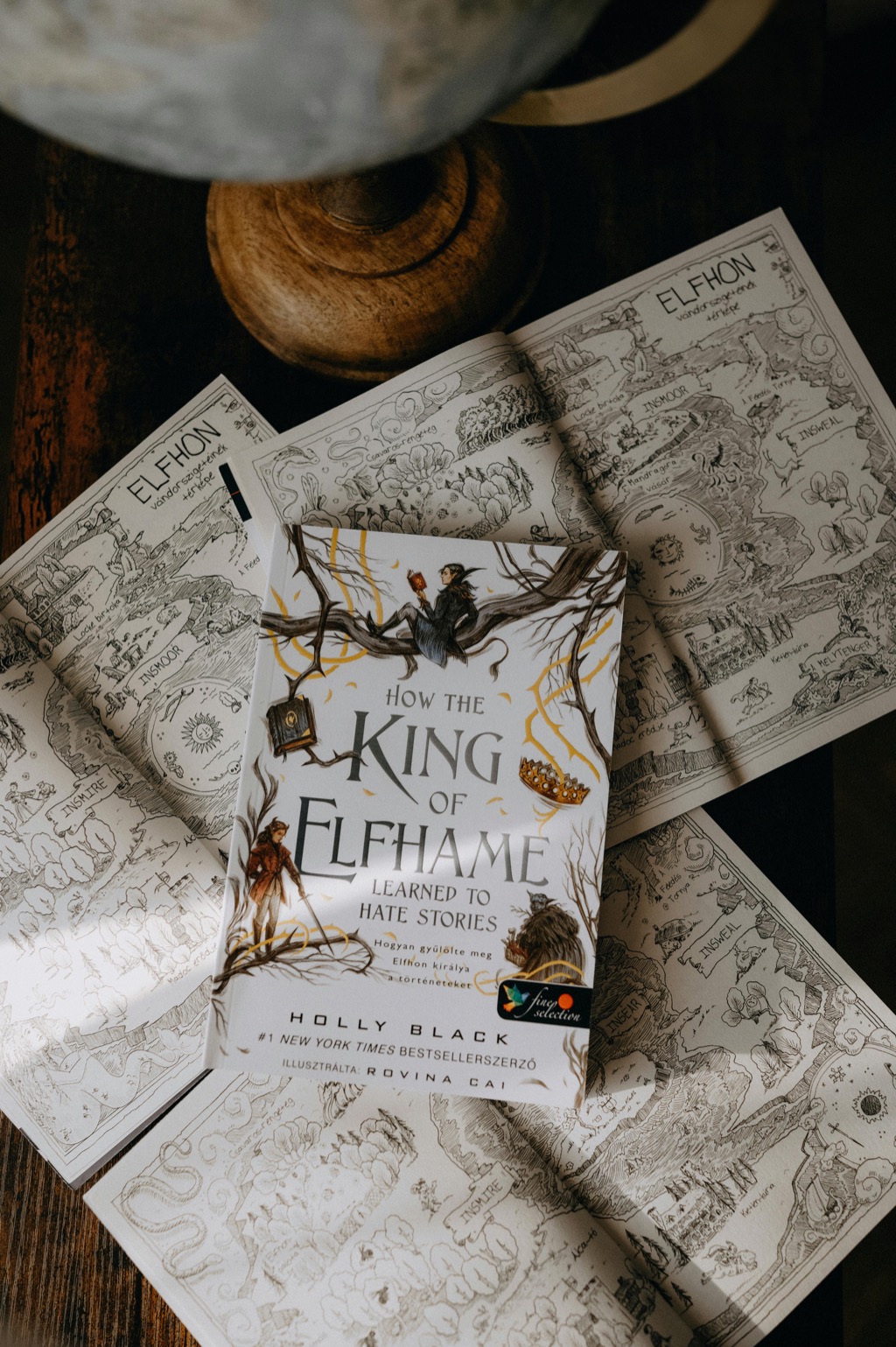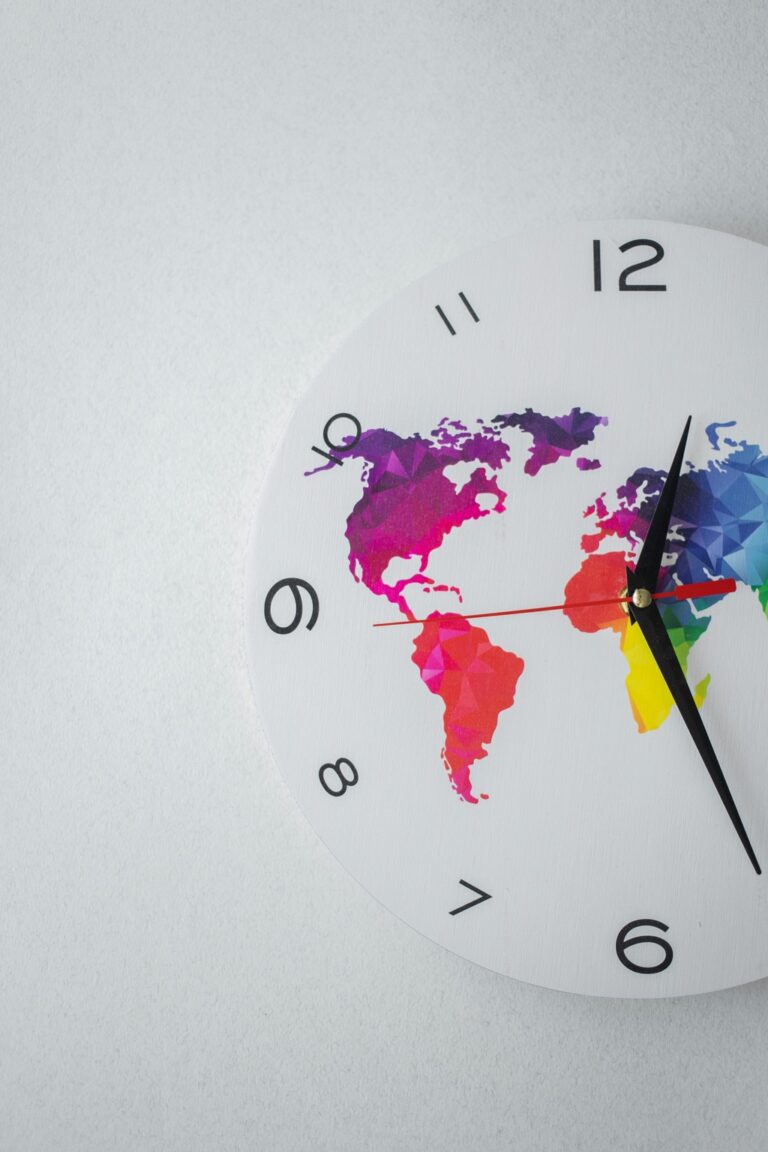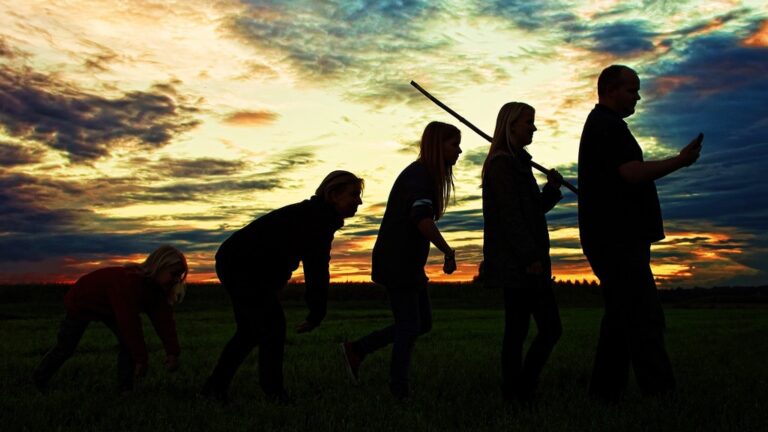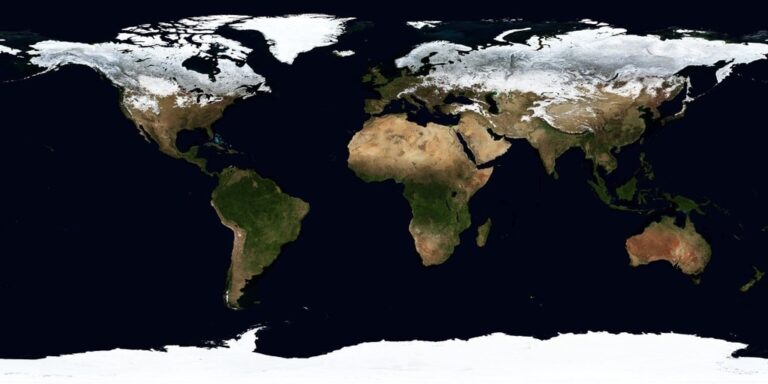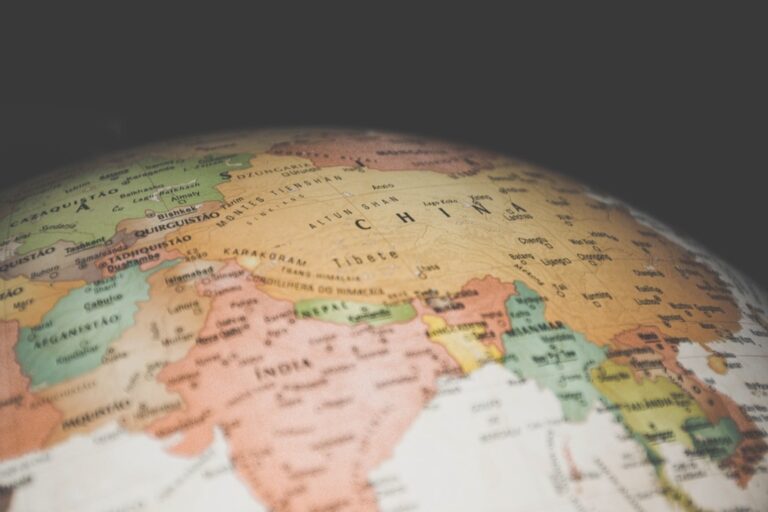6 Fictional Maps That Shaped Fantasy Worlds
Journeying through the pages of a fantasy novel, we often stumble upon a map that promises untold adventures. These cartographic masterpieces not only guide us through mystical lands but also shape the very worlds they depict.
Fantasy maps are more than just a navigational tool; they’re a gateway to another realm. As readers, we’re visually introduced to the intricacies of a new world, which sets the stage for the narrative journey ahead. These maps serve a dual purpose: they ground the fantastical elements in a semblance of reality, while also fueling our imagination with their artistic flair.
It’s no wonder that, for many of us, the first stop in a fantasy book is to scrutinize the map, tracing the paths our heroes might tread.
Disclosure: As an Amazon Associate, this site earns from qualifying purchases. Thank you!
1. Middle-earth: Tolkien’s Legacy
Few maps in literary history have captivated the imagination as J.R.R. Tolkien’s Middle-earth. Tolkien, a master world-builder, crafted a map so detailed that it’s become the gold standard for fantasy cartography. Middle-earth’s map is more than a backdrop; it’s a character in its own right, influencing the epic journeys in “The Lord of the Rings.” The meticulously plotted mountains, forests, and rivers are interwoven with the story, guiding Frodo’s quest and grounding the high fantasy in a tangible landscape.
2. The Lands of Westeros & Essos
When you play the Game of Thrones, you win or you die, but you need a good map to navigate the treacherous lands of Westeros and Essos. George R.R. Martin’s saga is as much about political intrigue as it is about geography. The sprawling map showcases a diverse landscape that dictates the strategies of warring factions. From the icy North to the sun-scorched South, each region’s unique terrain shapes the fates of its inhabitants.
3. Hogwarts: A Wizarding Map
Who wouldn’t want a Marauder’s Map of their own? may not be a world per se, but the map of its intricate corridors and secret passages is iconic. It’s a bit of cartographic genius that reflects the magical complexity of J.K. Rowling’s creation. The map’s ability to reveal the minutiae of Hogwarts’ layout, including the whereabouts of every person within its walls, is nothing short of enchanting.
4. Narnia: Lewis’s World of Wonder
C.S. Lewis’s Narnia is a land where children rule and animals speak—a place that many of us visited in our childhoods. The map of Narnia, with its great forests, mountains, and the sea, beckons us to explore every corner of this fantastical realm. It’s a world that evolves with each book, and the map is our constant companion, helping us to follow the Pevensie siblings and their successors on their noble quests.
5. The Discworld: Pratchett’s Creation
Terry Pratchett’s Discworld is a flat planet balanced on the backs of four elephants, which in turn stand on the back of a giant turtle. If that doesn’t pique your curiosity, the map certainly will. It’s a testament to Pratchett’s wit and creativity, showing cities and countries with whimsical names and improbable geographies. The map is an essential part of the satirical charm that pervades the series, making sense of the delightful chaos that is Discworld.
6. The Wheel of Time: Randland Revealed
“The Wheel of Time” series by Robert Jordan offers a map that fans affectionately call ‘Randland.’ It’s a world rich with diverse cultures and sprawling landscapes, from the Aiel Waste to the city of Tar Valon. The map is as intricate as the series’ plot, with each location holding significance to the protagonist’s journey. As the wheel turns, the map helps readers keep track of the ever-expanding narrative.
Analyzing Map Impact on Narratives
Maps do more than fill the opening pages of a fantasy book; they invite readers into the narrative, setting a tone and establishing context. They can foreshadow events, reveal hidden connections, and enhance the gravity of the characters’ travels. A well-drawn map can make the difference between a reader feeling lost in an implausible world and being fully immersed in a well-constructed, believable realm.
Cartographic Evolution in Fantasy
The art of fantasy cartography has evolved significantly over the years. Today’s fantasy maps are not just rough sketches but works of art that can stand alone. Advances in graphic design and fan contributions have created a new era of map-making, where interactive and detailed maps enhance the reading experience. These maps can become so beloved that they spawn merchandise, games, and fan art, becoming cultural icons in their own right.
Conclusion: The Power of Maps
Fantasy maps are a testament to the power of visualization in storytelling. They’re not just reference points; they’re an integral part of the narrative fabric that captivates readers and fuels the fires of our imagination. As long as stories take us to faraway lands, maps will be there to guide us, ensuring that we’re never truly lost.
The worlds we love in fantasy literature owe much of their allure to the maps that bring them to life. These cartographic wonders are not mere guides; they are the compasses that direct our imaginations to uncharted territories of wonder and excitement.
